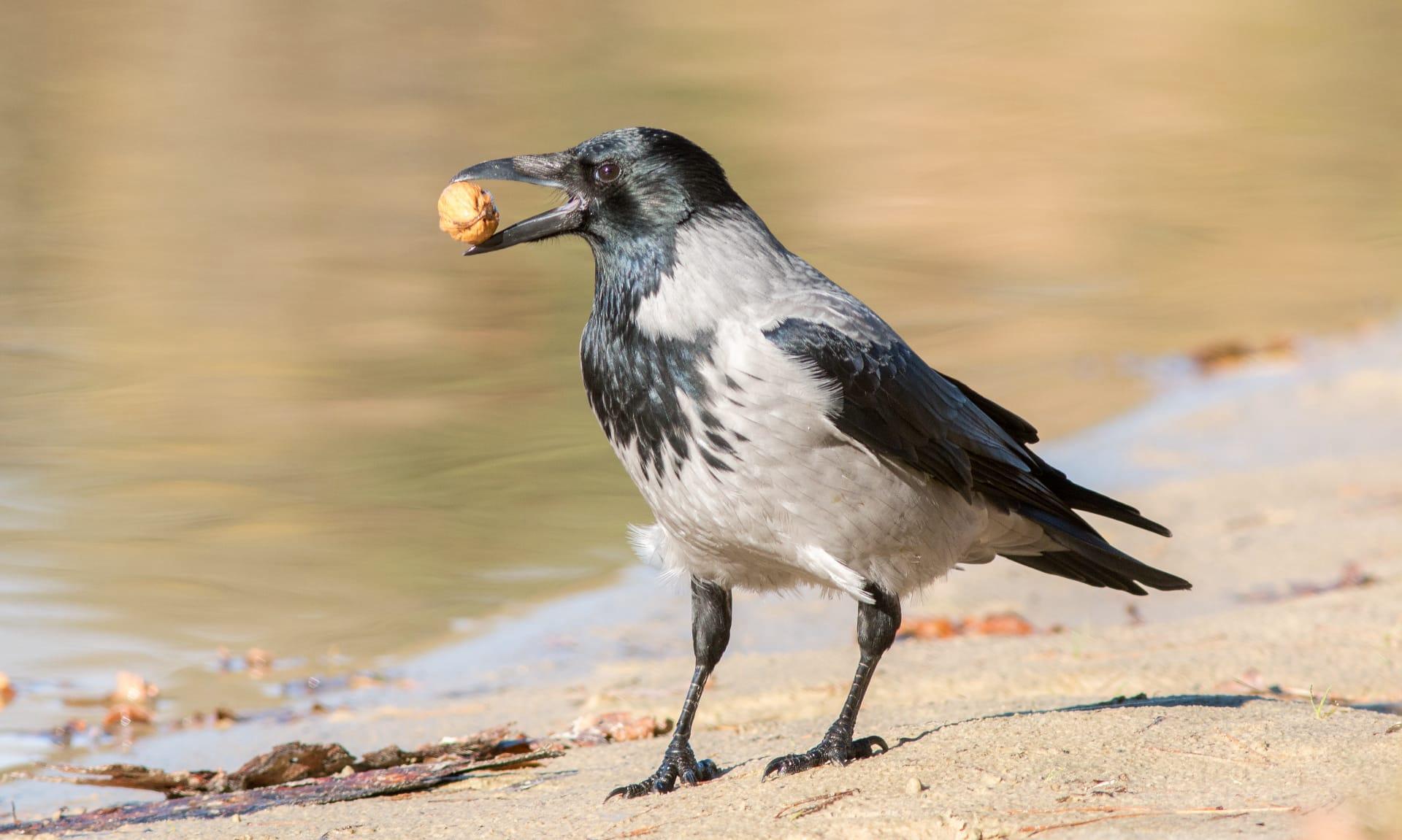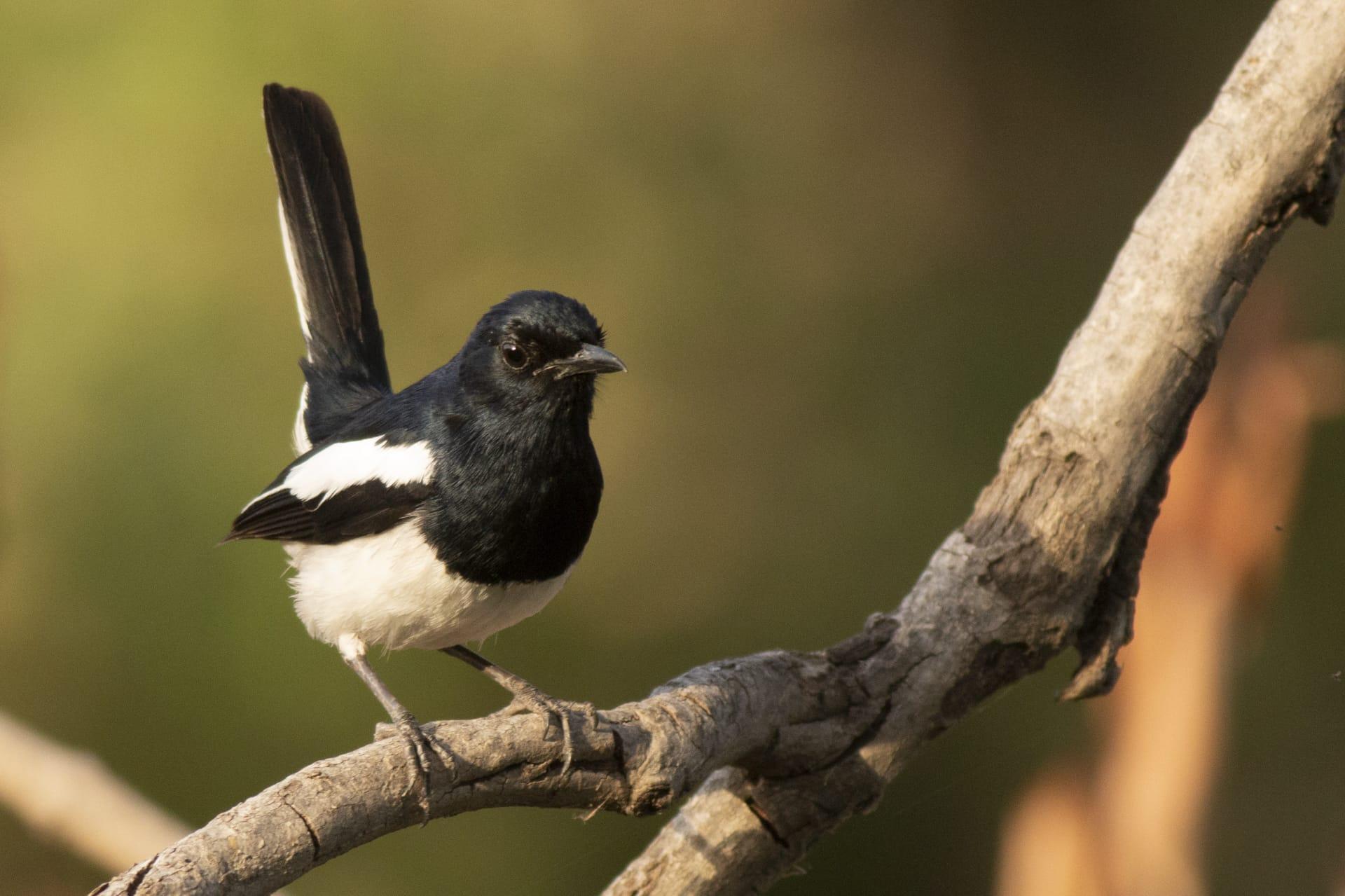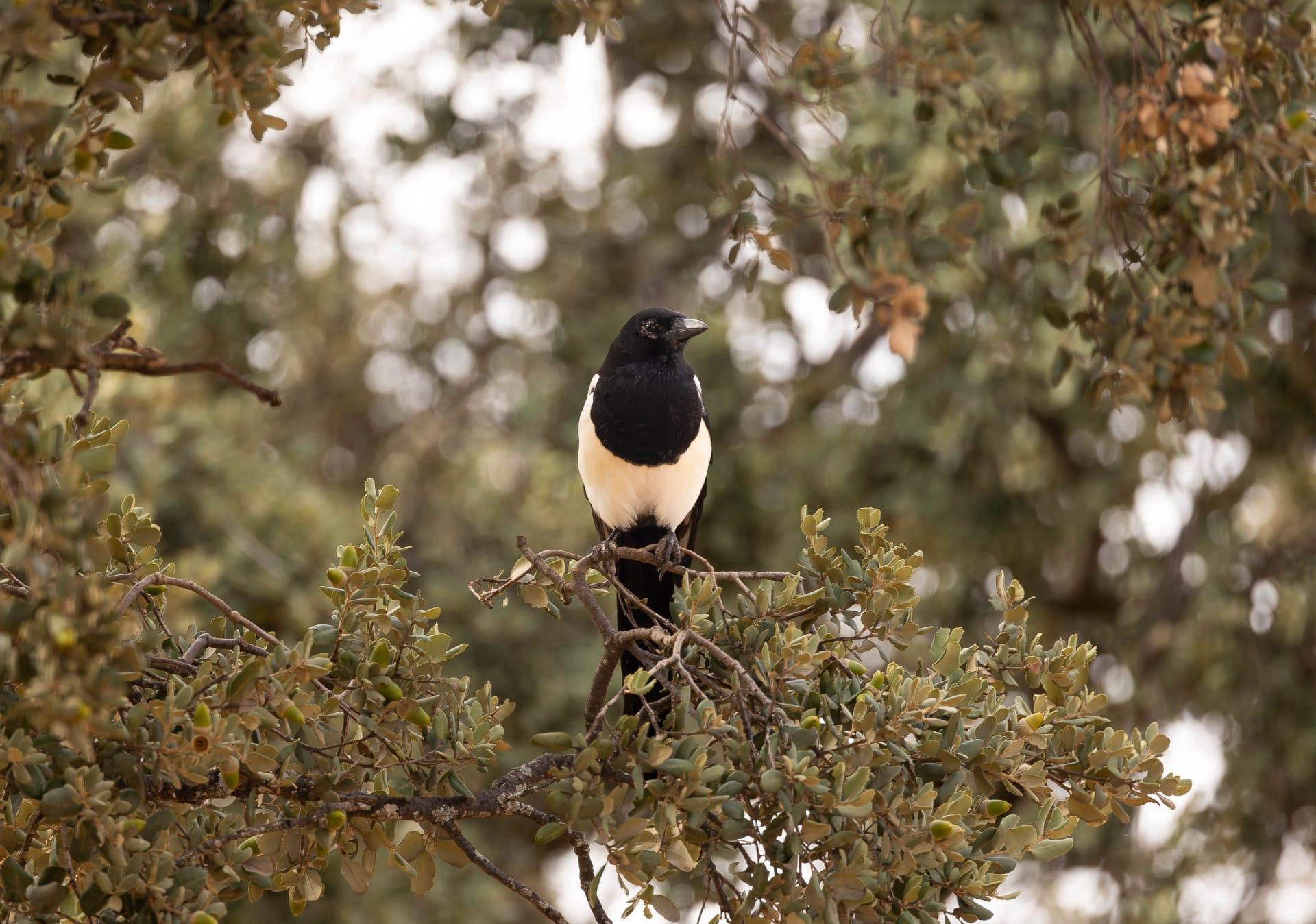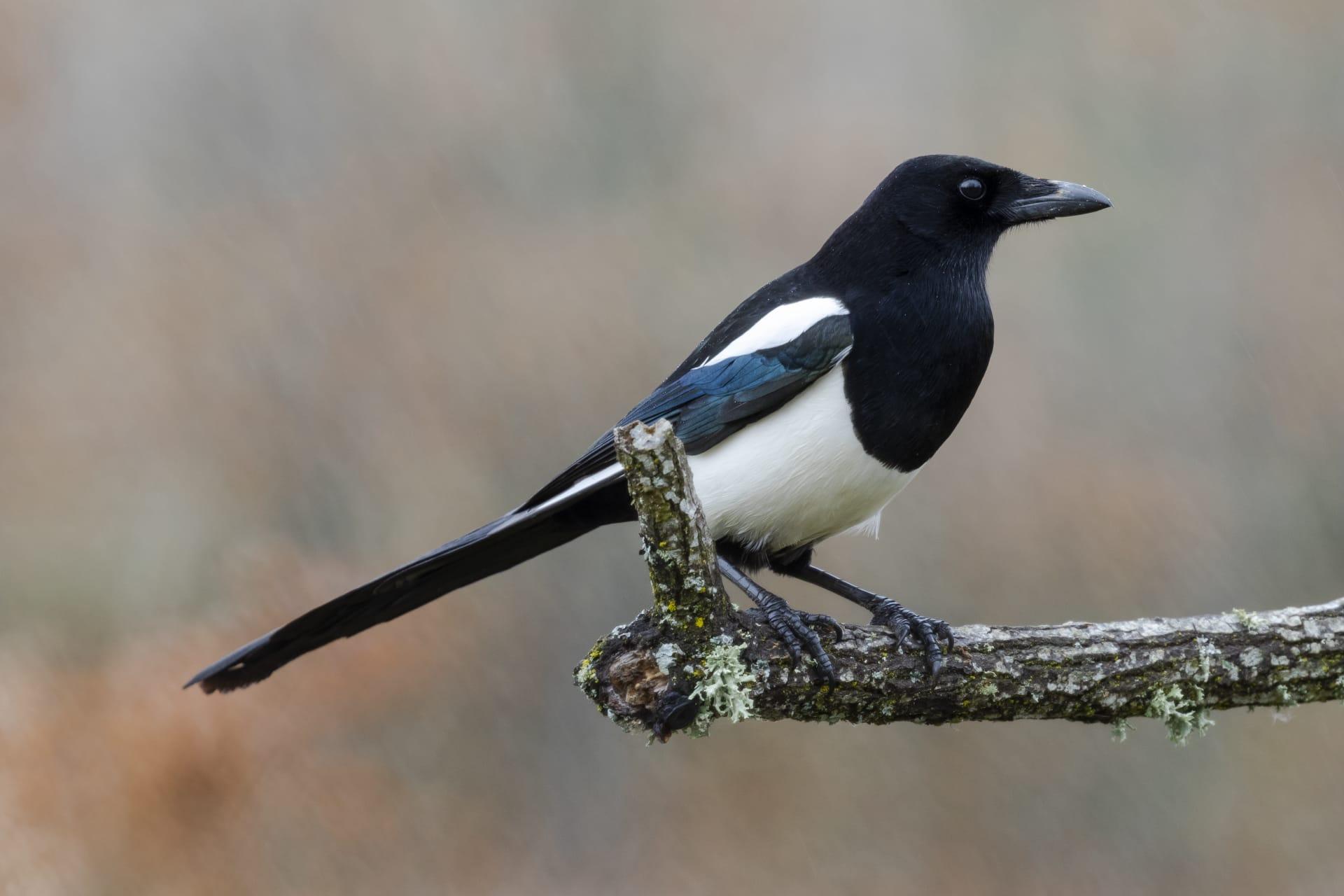Magpie Characteristics
- Home /
- Mini Encyclopedia /
- Animal /
- Magpie Characteristics
1
Magpies, known for their striking black and white plumage, are medium-sized birds that belong to the crow family. A typical magpie measures about 18 to 24 inches in length, including its long, distinctive tail. This tail, almost half the bird's total length, aids in agile flight and maneuvering. Adult magpies weigh around 200 to 250 grams. As for their lifespan, magpies can live quite long for birds, typically around 7-9 years in the wild. However, in captivity, they have been known to live up to 20 years, showcasing their adaptability and resilience.
The most remarkable organ of a magpie is its brain, relatively large compared to its body size. This sizable brain contributes to their exceptional cognitive abilities. Magpies are among the few non-mammal species capable of recognizing themselves in a mirror, a trait that indicates a high level of self-awareness. This cognitive prowess is not just for show; it plays a crucial role in their survival strategies, including complex social interactions, problem-solving, and adaptability to changing environments. The magpie's brain facilitates a higher understanding of its surroundings, making it an intriguing subject of study in avian intelligence.

2
Question: Why are magpies often perceived as thieves?
Answer: This common myth about magpies being attracted to shiny objects, thus stealing them, has been a topic of interest and folklore for years. However, scientific studies have largely debunked this. Researchers have found that magpies are actually wary of new and unfamiliar objects, including shiny ones. The myth likely originated from anecdotal observations and has been perpetuated in stories and popular culture. In reality, magpies are curious birds, but their interaction with shiny objects is not significantly different from that with non-shiny objects. This curiosity is linked to their intelligence and problem-solving abilities, making them explore their environment, but not necessarily with the intent to steal.

3
Magpies are known for their agility and versatility in movement. They can walk, hop, and make short flights in search of food. Their flight is undulating, characterized by a series of rapid wing beats followed by a brief glide with wings held by the body. This unique flight pattern is often seen when magpies travel between feeding grounds. On the ground, they move with confident strides and can often be seen hopping with both feet together when moving quickly.
In terms of feeding, magpies are opportunistic omnivores. Their diet primarily consists of insects, carrion, small mammals, fruits, grains, and occasionally, other birds' eggs and young. Magpies use their strong, slightly curved beaks to forage and hunt. They are also known for their 'cache' behavior, where they store food items in various locations to consume later. This behavior demonstrates their ability to plan for the future, a relatively rare trait in the animal kingdom.

4
Magpies are adaptable birds that can thrive in a wide range of environments, including woodlands, grasslands, and urban areas. They are particularly common in suburban settings where human activity creates abundant feeding opportunities. Their adaptability to different habitats is a testament to their intelligence and resourcefulness, enabling them to exploit various food sources and nesting sites.
Reproduction is a significant aspect of a magpie's life. They are generally monogamous, with pairs often remaining together for life. Their nests are large, domed structures made of sticks and often built in tall trees. These nests can be quite elaborate, lined with mud and soft materials like grass. The female typically lays between 5 to 7 eggs, which are incubated for around three weeks. Both parents participate in feeding and protecting the young. The ability of magpies to raise their young in a wide range of environments further demonstrates their adaptability and resilience as a species.

5
Book: "The Magpie's Tale" by Samuel Anderson (UK, 1998). This book delves into the cultural significance of magpies through history and across various cultures. Anderson explores the folklore, myths, and superstitions surrounding these birds, providing a fascinating insight into how humans have perceived magpies over the centuries. The book also touches on the biology and behavior of magpies, making it a comprehensive read for those interested in both the cultural and scientific aspects of these birds.
Book: "Intelligent Feathers: The World of Magpies" by Dr. Laura Greene (USA, 2005). Greene's book is a scientific exploration of magpies, focusing on their remarkable cognitive abilities. The author presents detailed observations and studies, highlighting the intelligence and adaptability of these birds. The book also discusses the role of magpies in ecosystem dynamics and their interactions with other species. It's a compelling read for anyone interested in avian intelligence and the complex behaviors of magpies.